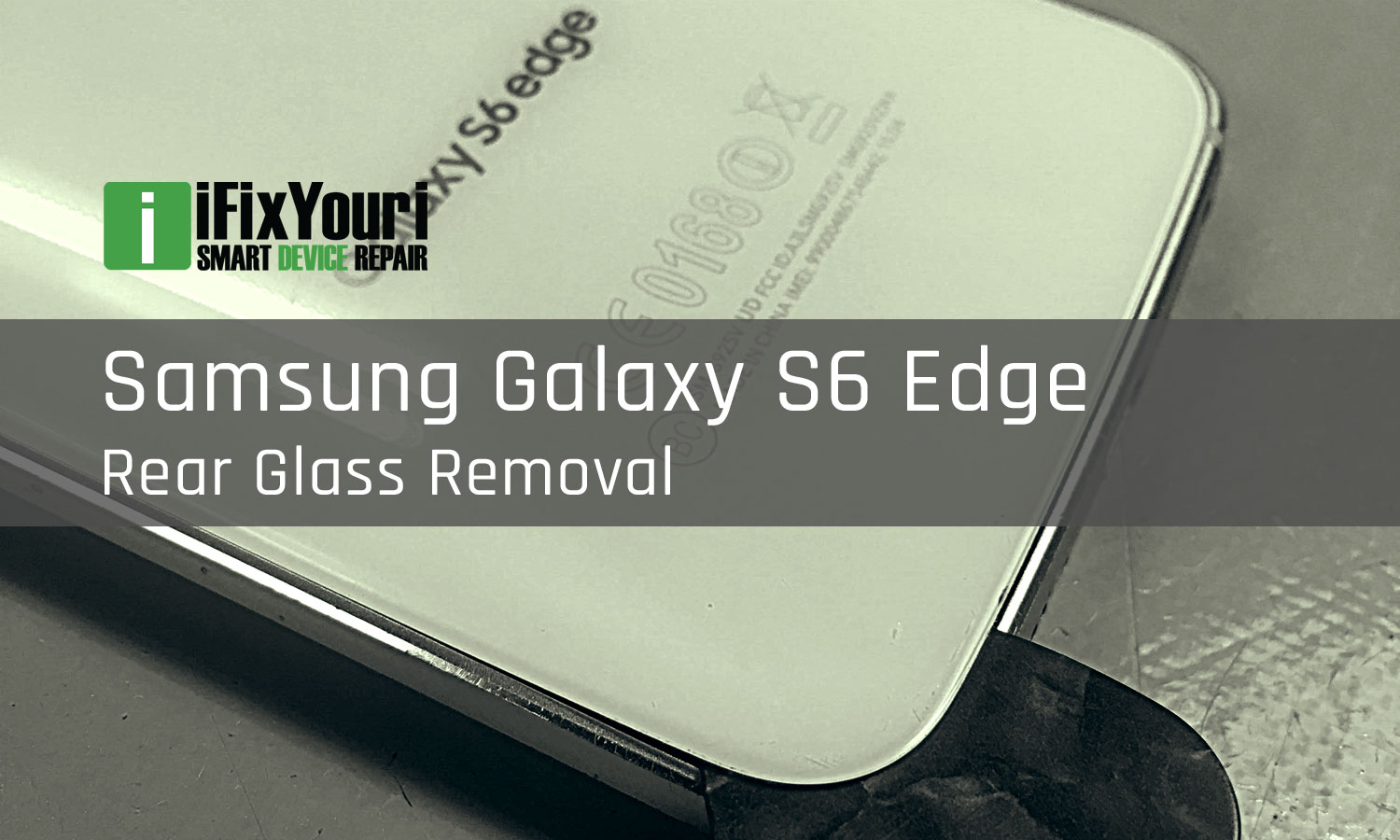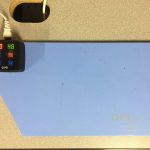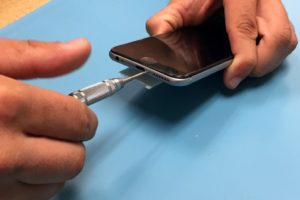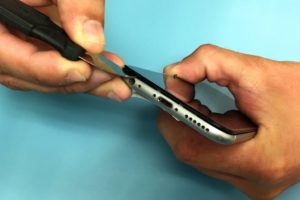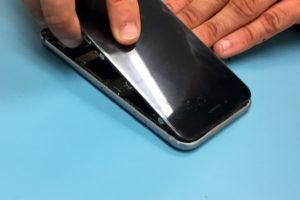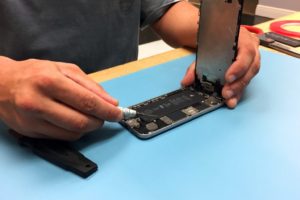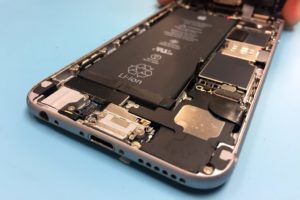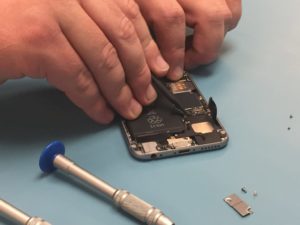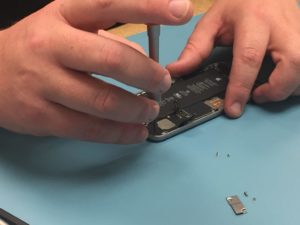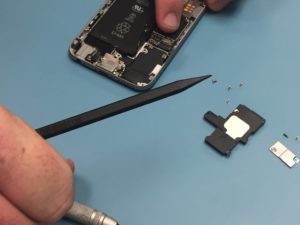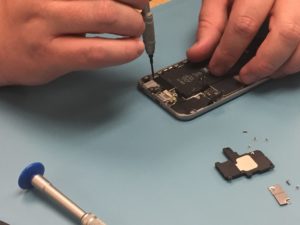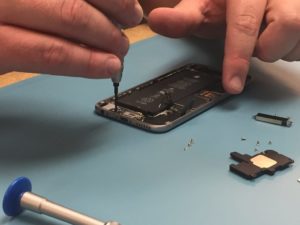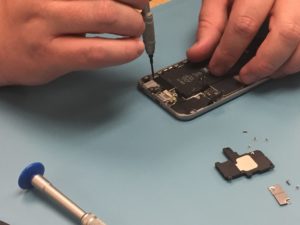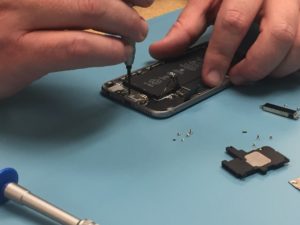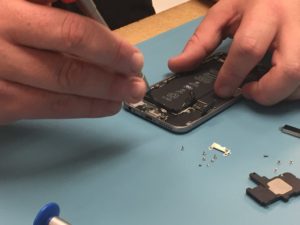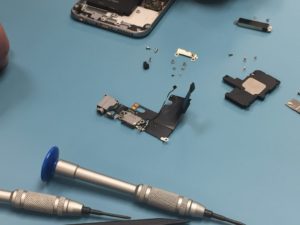Naturally, your language will differ depending on who you are on the phone with. You may use casual language with your friends and family, endearing language with your spouse, and professional language with your boss. Unlike with your friends or spouse, you must maintain professional language and use phone etiquette at all times when in your workplace. Here is a rundown of phone etiquette dos and don’ts, especially if your job requires you to always be on the phone.
Phone Etiquette Dos
Proper phone etiquette is important because it allows the person on the other side of the call to build their trust with you and become receptive to what you are saying.
Answer Calls As Soon As Possible
Obviously, one of the most important ways to practice phone etiquette at work is by answering the phone. There is no excuse for you to not answer a phone call within three rings if the phone is sitting on your desk or you are not on a lunch break.
The person who is calling for assistance may become impatient, hang up, and not call back. This turns into a missed opportunity for you and your company as well as the customer.
In the case that you are never able to hear when your phone rings, your phone may have a broken loudspeaker.
Speak Clearly and Use Appropriate Volume
Be mindful that the only way for you to make a first impression on the phone with a customer is with your voice. This is why speaking clearly and using appropriate volume is important.
Not only does speaking clearly save you from having to repeat yourself, but it also helps you avoid saying something that can easily be misinterpreted or misheard.
You should also be mindful of your tone of voice and the volume in which you are speaking to a customer. One way to ensure you do this is by smiling as you speak because it is proven to make your voice sound brighter and more inviting. So even if you are not having the best workday, it won’t affect your interaction with customers.
If you are practicing this, yet still are not able to communicate clearly, it may be because your phone has a broken mic. Your mic may actually only be picking up every other word you say!
Actively Listen and Take Notes When Needed
The customer on the phone must know they have your attention and are being listened to. To prove that you are listening, it is important that you repeating the key points they make and occasionally interject a “yes” or “mhm.”
If your phone’s ear speaker is not working, it will be difficult for you to be a good active listener, and the customer may be led to believe that they are being ignored.
Phone Etiquette Don’ts
To simply put it, you should never disrespect a customer you are on a call with, whether you agree with what they have to say or not. And sometimes it is hard to tell that you are being disrespectful in the first place.
You Should Avoid:
- Interrupting a customer when they are speaking.
- Ignoring a customer’s question, even if you don’t know the answer.
- Talking down to a customer.
- Purposefully hanging up on a customer.
In any case that the poor quality of your phone is affecting your quality of service, you should turn to a tech repair company such as iFixYouri, where repair experts will fix your phone’s flaws for an affordable price.
Phone Etiquette Dos and Don’ts By iFixYouri
Photo Credit: Berkeley Communications





